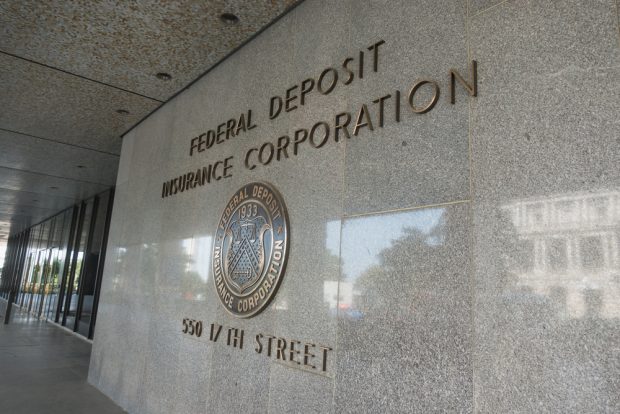WASHINGTON – While there has been progress on the financial literacy front, a recent National Council on Economic Education (NCEE) report finds that it has been limited. According to the report, 15 states now require students to take an economics course in high school and 26 states require testing on the subject. Seven states, up from four in 2002, have made personal finance a requirement for high school graduation and nine states require testing in personal finance. In addition, the national U.S. average personal savings rate is 1.7%, which is the lowest of any developed nation. The median credit card balance is roughly $6,000 and one out of three American adults have no retirement savings. According to the report, “slow but steady progress continues to be made but the challenge remains to not only integrate economics and personal finance into the core curriculum of grades K-12 but also monitor progress in the teaching of such courses to ensure educators have the tools needed to promote the financial literacy of the nation's youth.” Last year NCEE received the U.S. Department of Education's first Excellence in Economic Education grant, using it to further its efforts to expand teacher training in economics, provide materials to school districts; evaluate the impact of economic education to gauge student learning; and conduct best-practices research.
© Touchpoint Markets, All Rights Reserved. Request academic re-use from www.copyright.com. All other uses, submit a request to [email protected]. For more inforrmation visit Asset & Logo Licensing.






